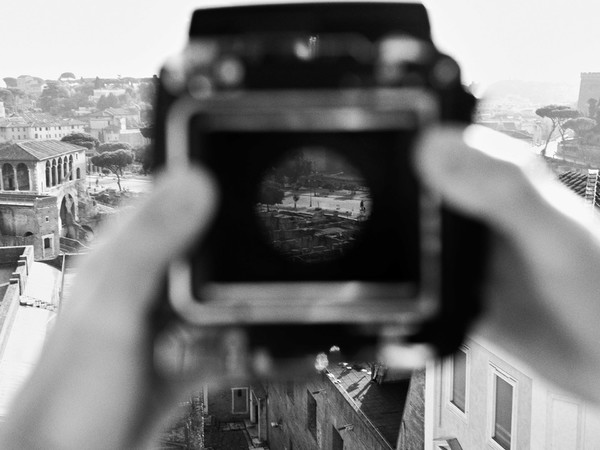Rome, international photography at the Mattatoio with Arthur, Biasiucci, Pinckers and Seiland
The exhibition Photography. Olivia Arthur, Antonio Biasiucci, Max Pinckers, and Alfred Seiland for Rome, from Sept. 22 to Nov. 19, 2023, takes the form of the act of giving back to the public of a larger project, which includes residencies in Rome for internationally renowned photographers and which the Capitoline administration has been pursuing for some time. The origins date back to the Rome Commission, the initiative launched in 2003 as part of Fotografia Festival internazionale di Roma and aimed at enhancing photography and endowing the city of Rome with a heritage of images capable of restoring its identity through different gazes.
As a result of this 20-year project, thePhotographic Archive of the Museum of Rome, recipient of the images created during the residencies, has been enriched with the works of fifteen great protagonists of contemporary photography, among others Josef Koudelka, Olivo Barbieri, Anders Petersen, Martin Parr, Graciela Iturbide, Gabriele Basilico, Guy Tillim, Tod Papageorge, Alec Soth, Paolo Ventura, Tim Davis, Paolo Pellegrin, Hans-Christian Schink, Roger Ballen, Jon Rafman, Simon Roberts, Léonie Hampton, Nadav Kander, Martin Kollar, Alex Majoli, Sarah Moon, and Tommaso Protti.
For this year’s edition, curator Francesco Zizola invited to Rome four well-known authors in the world of international artistic and photographic production-Antonio Biasiucci, Max Pinckers, Alfred Seiland, and Olivia Arthur-who measured themselves against quite exceptional conditions, those created by the Covid-19 pandemic. Working during the lockdown, and immediately after, they confronted an unprecedented reality by developing thoughts and research that centered on themes of time and space, bodies and relationships, urban space and inner space. The same themes that mark the most advanced debates on images and how they function.
The works presented renew the language of photography and at the same time prepare a clear critique of it.
Olivia Arthur(London 1980) courageously takes on the most invisible Rome. During the lockdown she manages to make herself welcome in the homes of some Romans and paints a portrait of them that transforms the signs of the pandemic into a metaphor of time, in fact historicizing it within the context of the millennial city cradle and interweaving of different peoples, ethnicities and histories.
Antonio Biasiucci(Dragoni, Caserta 1961) immerses himself in the evanescent traces of a pagan Rome that he traces in the dense vegetation that regained space and presence in the city during the pandemic. What his photography, presented in the form of polyptychs, expresses is a continuous tension toward a distant but visible past, whose memory emerges by taking on magical and sacred forms suggested by the new organic entities represented by stones and nature.
Max Pinckers(Brussels 1988) uses the camera to offer us a reflection on the multiplicity and subjectivity of images in relation to reality, here staged with the aim of echoing the myths of Rome represented by neorealist cinema.
The sequences he offers us can be read as little philosophical pamphlets on the relativity of space and time, of point of view, and of the credibility of photographic images.
Alfred Seiland (St. Michael, Austria 1952) traces the theme dear to him of the confrontation of the ancient past of the Roman Empire and its vestiges with contemporary forms. The novelty of the space of confrontation modified by the pandemic reality is an opportunity to enrich an already established project with new and original images.
Through the variety of visual and conceptual approaches, these new productions offer a multifaceted and profound look at the many souls of the City and represent a new and further important legacy for the collection of the Museum of Rome’s Photographic Archive.
For all information, you can visit the Slaughterhouse’s official website.
Pictured: Max Pinckers, Untitled, from the 2020-MMXX series.
 |
| Rome, international photography at the Mattatoio with Arthur, Biasiucci, Pinckers and Seiland |
Warning: the translation into English of the original Italian article was created using automatic tools. We undertake to review all articles, but we do not guarantee the total absence of inaccuracies in the translation due to the program. You can find the original by clicking on the ITA button. If you find any mistake,please contact us.




























